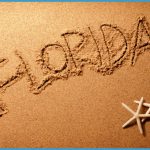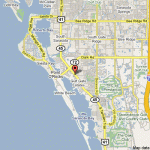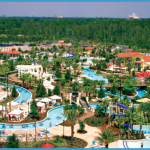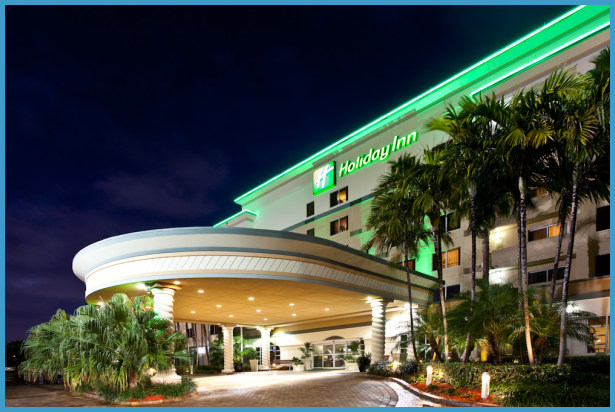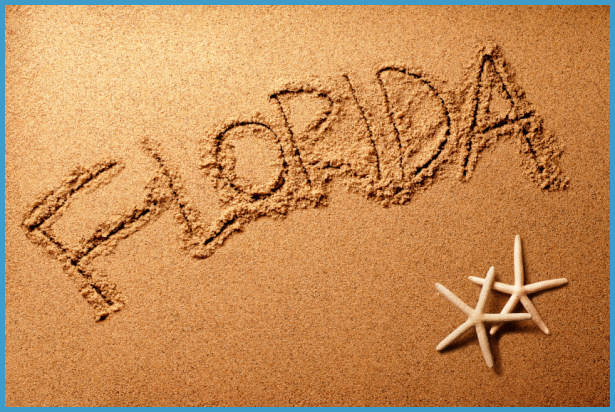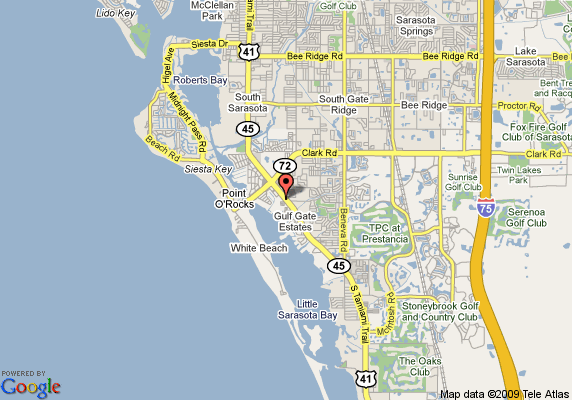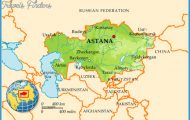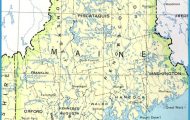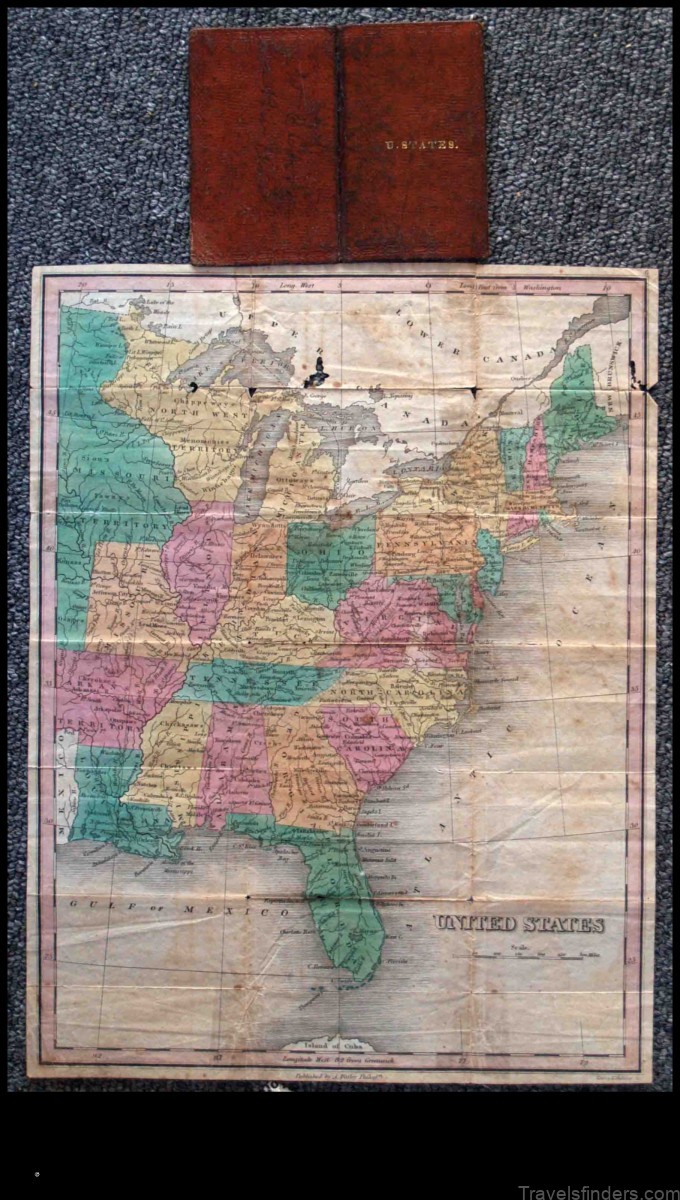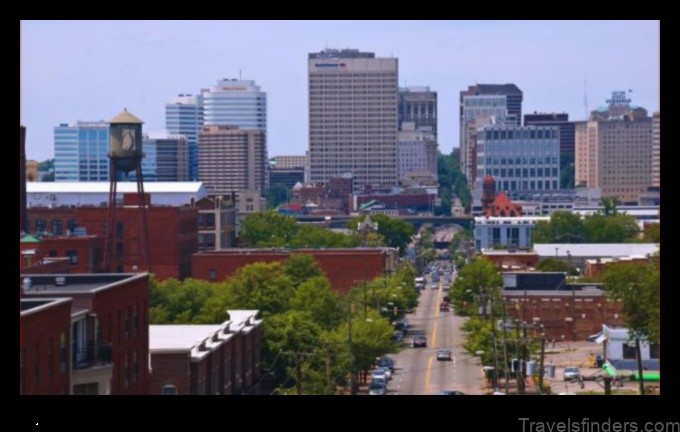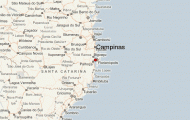The Early U.S. Florida (1821-1959)
As a territory and later state of the United States, Florida would develop into one of the most conservative and economically and technologically underdeveloped states of the Old South. Developed on slave labor and harboring a deep-seated white supremacy, antebellum Florida remained relatively undeveloped. Nevertheless, it expanded considerably in population. In 1825 there were about
13,000 residents in all of Florida (excluding Indians), and within 5 years the non-Indian population grew to nearly 35,000. Centered on the upper-east coast and middle Florida, the territory developed a cotton industry.11
Some Spaniards remained in Florida, and St. Augustine, unlike the largely white Tallahassee, remained a fairly diverse town, retaining a mix of Anglo and Spanish residents. Joseph Hernandez, a sugar planter, was made the territorial delegate to Congress in 1823. Although Spaniards retained their slaves after the transition in 1821, very few Spaniards migrated to Florida after this date. The result is that by the Civil War, most Spaniards had died, were subsumed into the population through intermarriage, or had migrated to other parts of the Spanish world. Overall, Florida took a turn toward being a territory (and a state in 1845) defined by slave plantation labor, stark black-white race relations, and poor infrastructure.
By the turn of the nineteenth century the Latino presence in Florida was negligible as the state went through the Civil War and Reconstruction. Literacy rates
were among the lowest of all Southern states. Segregationists ruled with a politics of white supremacy, terror, and political favor. Lynching rates were higher in Florida than any other part of the South in the first decades of the twentieth century.12 Education was formally segregated both by Jim Crow laws and by legislative decree.
There were some sporadic Latino migrations in this period. Cuban cigar workers and manufacturers had come to Key West in the 1860s, and in the 1880s they went in large numbers to Tampa, founding Ybor City as modern Florida’s first Latino migrant enclave. Named after the Spanish industrialist Vicente Martinez Ybor, cigar workers and the cigar industry formed a close-knit Latino community. Spanish-language (and other languages principally Italian) newspapers were founded, and cooperative fraternal and social organizations began to spring up. Later, by the 1910s and 1920s, political exiles from Latin America began to consider Florida, and Miami in particular, to be a potential place of refuge.
Developed by canny railroad magnates such as Henry Flagler, southern Florida at long last was connected to the rest of Florida and the United States and developed once the crocodiles and mangrove swamps were cleared out as a kind of winter paradise. Former dictator-president of Mexico Porfirio Diaz, in exile in Paris, was rumored to have considered a comeback in Miami. By the end of the 1920s, more than 1,000 Cubans opposed to the rule of Gerardo Machado had come to Miami.
When, after Machado was overthrown in a revolution in 1933, the exiles returned to Cuba, the Miami Herald prophetically said that Miami’s gates will always be open to Cubans, should the time ever come again when they need a refuge.13 Of course, that time would come in 26 years, when another revolution spawned the single largest Latino migration in Florida’s history.


